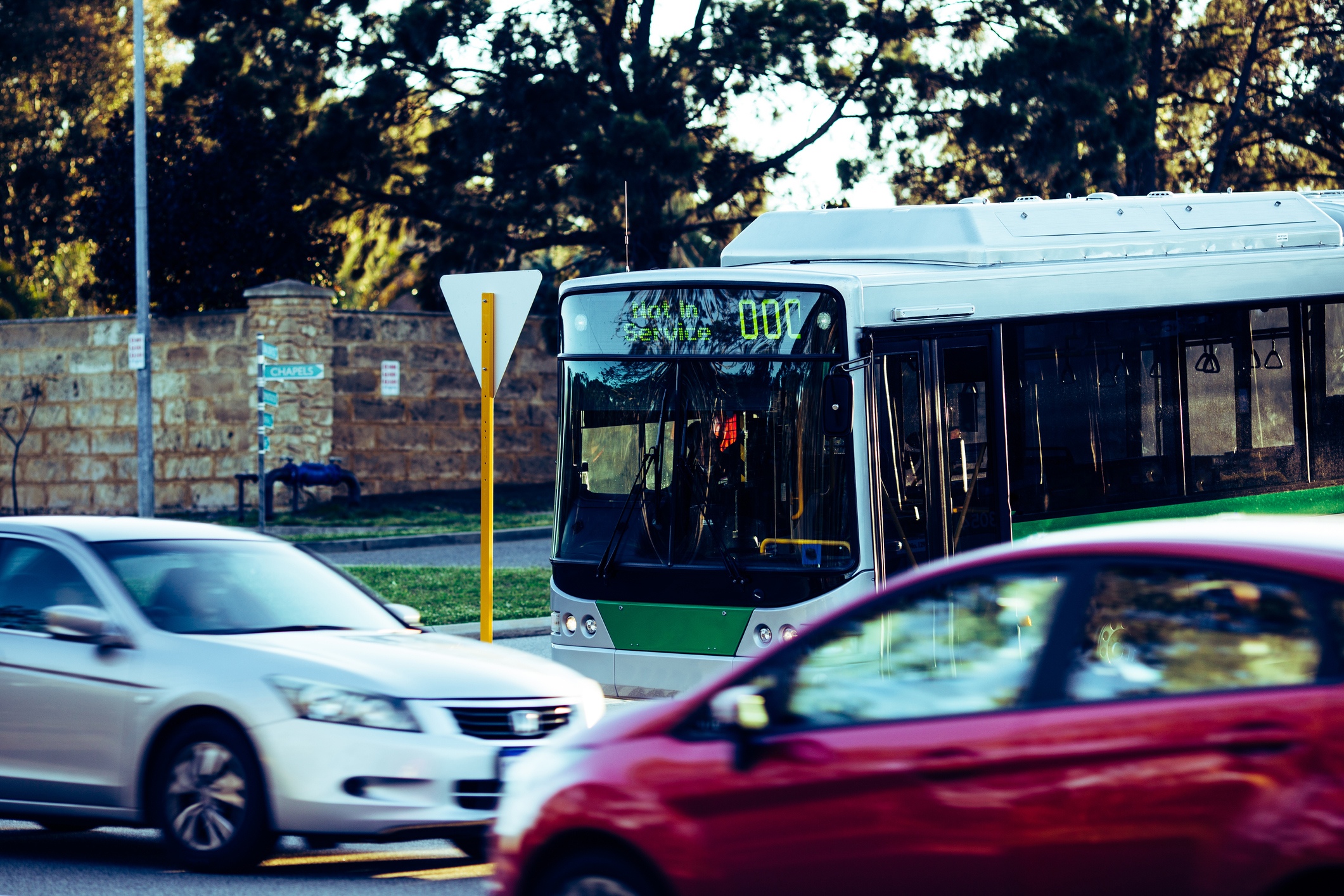
Transport
What’s happening now
Transport emissions are one of the major areas of emissions in Australia. As renewables and clean energy sources make up a bigger part of our energy supply, transport emissions are becoming a bigger portion of the remaining emissions. Changing the way we move around will be a big part of the climate solution.
Transport emissions come from the burning of petrol, diesel, or LPG. For this region the majority comes from 4WDs and utes. There are also a large amount of emissions attributable to the movement of freight vehicles.
Electric vehicles (EV) are growing in popularity in Western Australia, but in 2022 still represented less than 3 percent of new car sales. For the South Coast region, the lower population densities and larger agricultural sector likely means that EVs will be less suitable for a while, with adoption likely to occur later than in the larger cities. Alternative transport will remain a challenge because of the larger distances that many people have to travel.
Without changes to the types of vehicles we drive, emissions from Transport will stay static or reduce slightly as cars become more efficient.
The sales of electric vehicles are creeping up and the energy provider Western Power is working to ensuring the grid is ready to support the connection of more EV fast chargers to enable people and businesses to choose EVs.
RAC Western Australia provides a handy map to the locations of EV chargers in the state, including many in the South Coast region.
Carbon Emissions from Transport
The proportion of transport-based (total = 344,000 tCO₂e, 21/22) emissions for the South Coast region. Hover over the donut to see the emissions for each transport subsector. Source: snapshotclimate.com.au
Sector action impact
Although change is slow at the moment, changing technologies may transform this sector in the coming years.
Local action to transition to low emissions solutions could reduce emissions by over 80% above baseline estimates by 2050.
Projected Emissions for Business as Usual vs Action for Transport
Emissions projections for transport for the South Coast region. The red line indicates the projected emissions if the transport sector were to continue Business as Usual. The green line shows the potential reduction in emissions if all transport-related actions on this website are implemented. Source: South Coast Alliance Regional Net Zero Plan – Ironbark Sustainability 2022
Opportunities for Action
Emissions from transport are being transformed by technologies like EVs, however the sector overall is changing slower compared to others. Delve into the individual actions within this sector for more information.
Projected Impacts of Actions for Transport
The projected impact on carbon emissions from transport actions for the South Coast region from 2022 to 2050. Hover your cursor over the bars to see how different transport improvements can reduce emissions each year. Source: South Coast Alliance Regional Net Zero Plan – Ironbark Sustainability 2022